Forget the Mediterranean! The Japanese Diet is the new nutrition plan that could beat dementia, according to new research
Move over the Mediterranean diet! A meal plan from another region of the world is getting a lot of attention because of its health benefits.
The Japanese diet – rich in fish, tea and soybeans – can protect the brain from shrinking and therefore reduce the risk of dementia, a new study shows.
Researchers from Japan’s National Center for Geriatrics and Gerontology conducted brain scans on two groups of Japanese people who followed different diets.
One group ate a traditional Japanese diet, while the other ate a Western diet, full of high-fat foods like red meat, alcohol and pasta.
Fish is a popular source of protein in Japan because, as an island nation, it has it in abundance
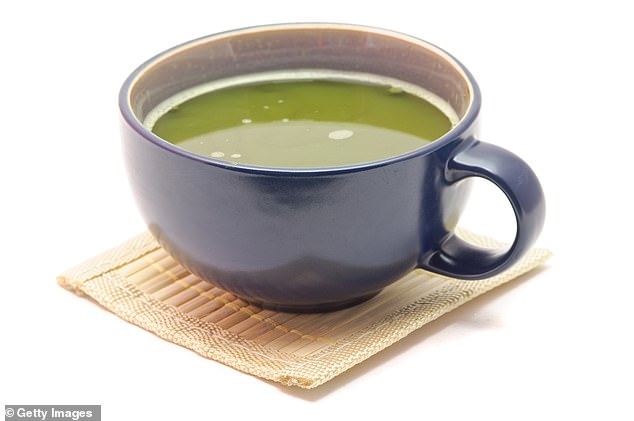
Green tea is traditional in the Japanese diet
Scans were performed twice over the course of two years, with the aim of determining how much brain tissue each group lost over time.
They found that women in the Japanese diet group had, on average, lower levels of brain atrophy or shrinkage, which is characteristic of dementia, than the women who followed a Westernized diet.
This finding comes after increased focus on Japanese lifestyle as it was revealed to include one of the world’s five ‘blue zones’.– regions with lower rates of chronic diseases and higher life expectancy than the rest of the world.
Only 6.7 percent of people over 65 living in the Japanese prefecture of Okinawa develop dementia. Dan Buettnerauthor of ‘The Blue Zones Solution’.
That’s almost half the rate in the United States, which is approx 11.3 percent.
What sets the Blue Zones apart from the rest of the world is the lifestyle the people within them lead, including their diet. Other regions highlighted were Greece, Costa Rica and Italy.
“Following a traditional Japanese diet may also be beneficial for brain health – and better than the typical Western diet,” study authors Shu Zhang, a nutritional epidemiology researcher for Japan’s National Center for Geriatrics and Gerontology, and Giovanni Sala, a psychology lecturer at the University of Liverpool, wrote the conversation. It was placed in the Food diary in March.
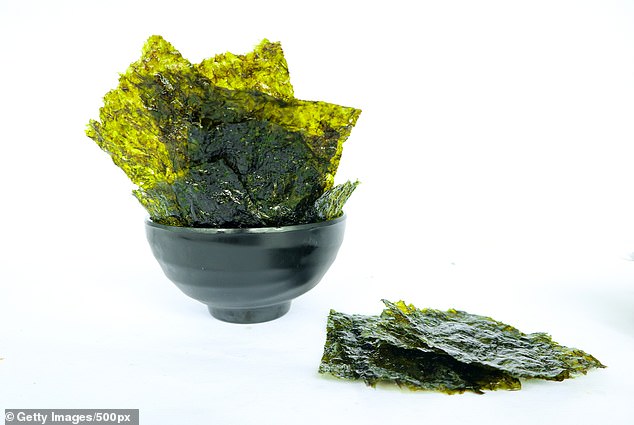
Seaweed, or nori, is used in dishes and as a snack in the Japanese diet
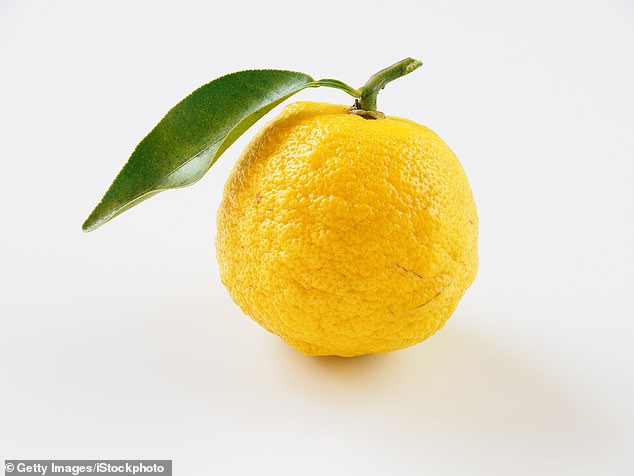
Yuzu is a popular citrus fruit, which the researchers emphasized in the Japanese diet
Overall, Japan actually has a higher rate of dementia than the United States, despite the bright spot in Okinawa.
For example, since the last official measure in 2014, the national dementia rate among people over 65 has increased 15 percent in Japan, and 11 percent in the U.S.
This could be related to the fact that Japan has the largest proportion of elderly people in the world – they represent approx 29.1 percent of the country’s total population. In the US this roughly consists of the elderly 17.3 percent of the population.
The study authors defined a traditional Japanese diet as based on fish, shellfish, rice, soybeans, green tea, citrus fruits, pickles, mushrooms and seaweed. In comparison, the Western diet contained refined carbohydrates such as noodles, high-fat foods, soft drinks and alcohol.
The Japanese diet is generally thought to be protective because it is rich in vitamins, polyphenols, phytochemicals and good fatty acids, all of which can help the body fight inflammation.
Preventing long-term inflammation can help lubricate the brain and keep neurons working in the long term, the study authors wrote.
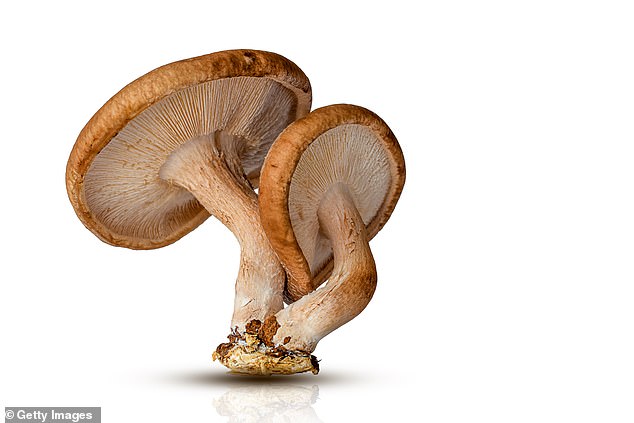
The study authors highlighted shitake mushrooms
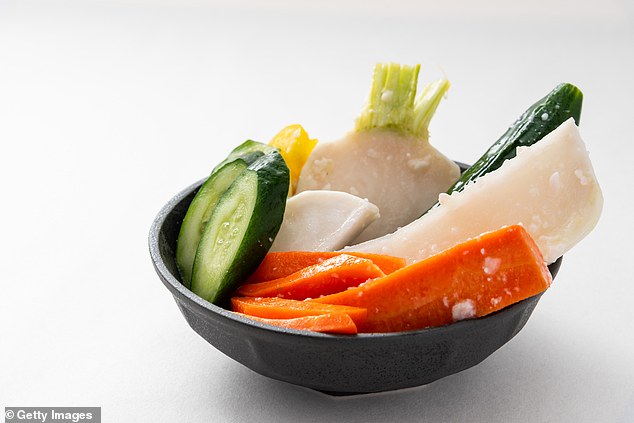
Japanese pickles are made with more salt than vinegar
To investigate these effects versus other diets, the study examined 1,636 Japanese adults between the ages of 40 and 89. The authors gave them a disposable camera to take pictures of their meals and asked them to keep a food diary recording everything they ate and drank. .
They also took a genetic history and noted other lifestyle factors, such as smoking habits, physical activity and existing health problems. This way, they could adjust the data to ensure that the differences they observed at the end of the study were caused by changes in diet and not by other factors.
Over the two-year period, 589 participants ate a traditional Japanese diet, 697 participants ate a traditional Western diet, and 350 people ate a primarily plant-based diet.
The final and most crucial aspect of their research was taking regular brain scans, called MRIs, of the participants. They monitored each participant’s loss of brain tissue, clinically known as age-related brain atrophy, because it is a marker of dementia, the authors wrote.
Ultimately, the authors found that the women who followed a Japanese diet had significantly less brain shrinkage than the women who followed a Western diet. For men, there was no difference between the two groups.
“Interestingly, this effect was only visible in women,” Zhu wrote.
The authors provide two possible explanations for this effect. First, that the Japanese diet is full of magnesium and phytoestrogens, which have a more protective effect on women than on men.
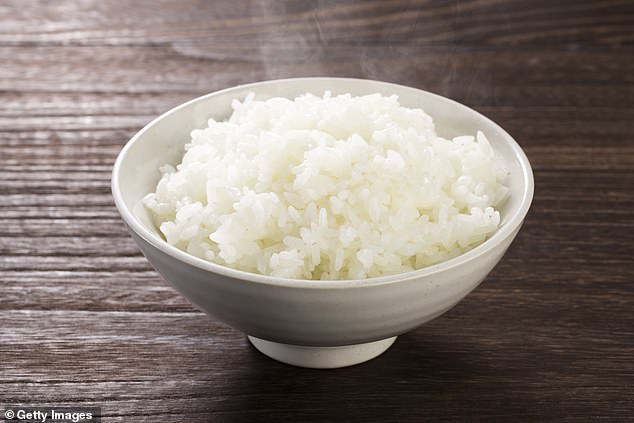
Steamed rice is a common side dish for the Japanese diet
Phytoestrogens are compounds similar to the female sex hormone estrogen, found primarily in plants, and sometimes called plant estrogens.
Previous research from the Institute for Aging and Alzheimer’s Disease Research supports this idea, saying that increasing intake of plant estrogens could help women combat the cumulative effects of stress in the body.
Second, the authors found that men strayed from the traditional Japanese diet more often than women. So they consumed more Western foods, such as noodles and sake, which could mean they would have seen fewer protective effects from the Japanese diet.
Regardless, there are certain parts of the Japanese diet that they recommend including that are also found in other Blue Zone diets. These include increasing vegetable and fish intake and cutting back on red meat, the authors wrote.
“Embracing elements of the traditional Japanese diet and including foods such as fish, seafood, soy, miso, seaweed and shiitake mushrooms can help improve not only cognitive function but also overall health,” they said.
